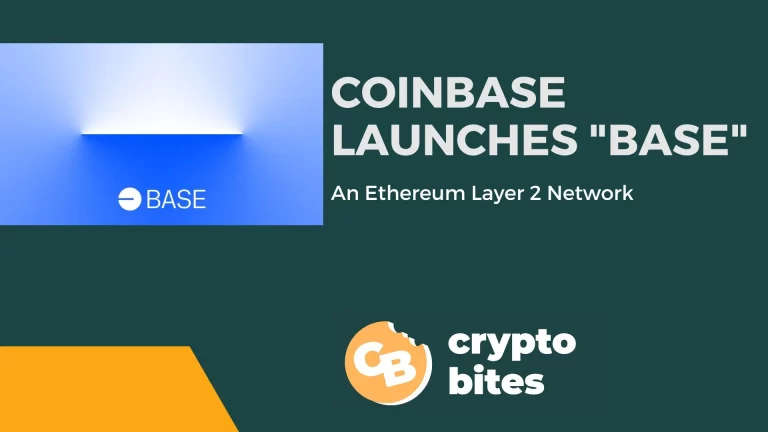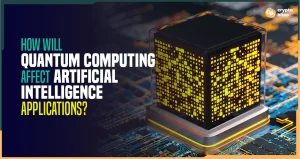
Coinbase Launches “Base” – An Ethereum Layer 2 Network
Coinbase, a leading crypto exchange, launched Base, an Ethereum Layer 2 network that the company claims will be the new abode for its on-chain products. According to Coinbase, the network will attract millions of new and existing crypto users to the platform.
Base will be a low-cost, developer-friendly, and secure Ethereum L2 to provide a platform for web3. The testnet started on Thursday, February 23.
Coinbase’s goal with Base is to bring over a billion users into the crypto-economy, creating a place for Coinbase’s on-chain products and an ecosystem where developers can build anything. The exchange does not intend to issue a new network token.
What Is Base?
Base is a Layer 2 network based on the Ethereum blockchain, providing a faster and more efficient way to send transactions and interact with smart contracts. Here are some notable features of Base:
- Open Source: Base will be an open-source, permissionless, and decentralized platform, which will eventually grow to become a modular Optimism-powered Superchain. Coinbase has joined Optimism as a core Dev to create a thriving community where developers can build dApps, protocols, and tools.
- Ethereum-Secured: Base uses Ethereum’s underlying security to ensure scalability and security. Combined with Coinbase’s inherent best practices, the network will enable developers to onramp into Base from an interoperable chain.
- Coinbase-Empowered: Since Base lets developers use Coinbase’s tools, users, and products, it allows easy dApp building. Developers can integrate Coinbase’s products, $80 billion in assets, and over 110 million verified users.
- Low Fees: Base provides EVM features at a low cost, as users don’t have to pay for each transaction or interact with contracts. Coinbase plans on taking a progressive approach to dApp building by letting developers set up gasless transactions.
Coinbase says that it encourages developers to start on Base, but they can go anywhere from there. Basically, Base will serve as a ‘bridge’ or a default on-chain experience with access to multiple products on different chains.
Coinbase has also announced a Base Ecosystem Fund. It will support and provide investment for early-stage projects on the network that meets the fund’s criteria. Coinbase Ventures will partner with Base to fund pre-seed investments in projects building on Base. The focus will not merely be on financial tools, gaming, or NFTs. Instead, the investments will be available for all sorts of projects.
Initially, Base’s fees will be comparable to Optimism or Arbitrium. It is expected for the fee to be between 10 to 50 cents, but the platform plans to drop it to 1 cent in the next year. Although Base is still in its testnet phase, and there’s no specific date for the mainnet launch, Coinbase expects it to transpire in the second quarter of 2023.
The mainnet will be integrated across Coinbase’s wallet, NFT marketplace, developer products, and the exchange itself. It will be interoperable with blockchains other than Ethereum too. Base is already engaging with teams building Polygon, Avalanche, and Solana to bring this vision to life.
Behind the Scenes of Base
Coinbase started working with OP Labs on the Ethereum Improvement Proposal in 2022, sharing a vision for Ethereum scaling. Both parties believed this proposal to be the missing piece in achieving 10-100x cost savings on Ethereum to make the transition into the crypto-economy more affordable for people.
Coinbase has worked with Ethereum’s development community for the past year to accelerate the implementation of this proposal by the summer of 2023. Optimism Collective is another partner in this vision, responsible for building a protocol to sequence several L2s, providing composability and interoperability between these layers through the OP Stack.
What’s Next For Base?
Coinbase believes that decentralization is the key to keeping cryptocurrency global, accessible, and open to everyone. That’s why the platform is committed to progressing into a full-fledged decentralized experience.
Coinbase is confident that Base will reach Stage 1 rollup in 2023 and Stage 2 by 2024. The exchange believes that there will be plenty of rollups acting as ‘hubs’ for various ecosystems. These ecosystems will increase their interoperability to form a Superchain or a mesh that scales Ethereum jointly.
Such decentralization will form the basis of a vibrant developer and user environment. It will enable more people to access the Ethereum blockchain, paving the way for more users and developers to join Base in the future.
A Base spokesperson has also hinted that many crypto businesses, marketplaces, infrastructure firms, and platforms are already planning to build on Base. Some of these include Blockdaemon, Animoca Brands, Dune, Nansen, Magic Eden, Pyth, Rainbow Wallet, Chainlink, Etherscan, Quicknode, Aave, Ribbon Finance, The Graph, Wormhole, and Gelato.
The spokesperson further said that Coinbase has attempted to bring everyone to this open ecosystem. What’s required for ultimate success is a fast drift towards decentralization through an approach that lets Base act as a bridge rather than the final destination. In this way, Base will provide developers with valuable experiences without limiting them.
How Do L2s Facilitate dApp Development?
While Layer 1s like Ethereum are quite secure, they’re not practical for high-throughput volumes as expensive transaction and gas fees form a hurdle in the way of scalability and widespread adoption.
Meanwhile, L2s allow blockchains to be more accessible for users and developers as they allow faster and cheaper transactions while offering the same level of security as an L1. While L1s prioritize decentralization and security, L2s are the way forward for accessibility and scalability.
Base has an underlying basis of MIT-licensed OP Stack with Optimism, a Layer-2 blockchain. Since both platforms are focused on the same output – decentralization and accessibility – they’re not competitors but collaborators.
The competitiveness in the web2 space has become a norm these days. But Base and Optimism fall in the web3 realm, leveraging the collaborative and positive-sum approach that open-source platforms are known to adopt.
Thus, developers can use Base’s Layer-2 blockchain for dApp and smart contract development without worrying about the costs of L1s. It will enable low-cost development while allowing people to access the same core utility that Ethereum offers.




